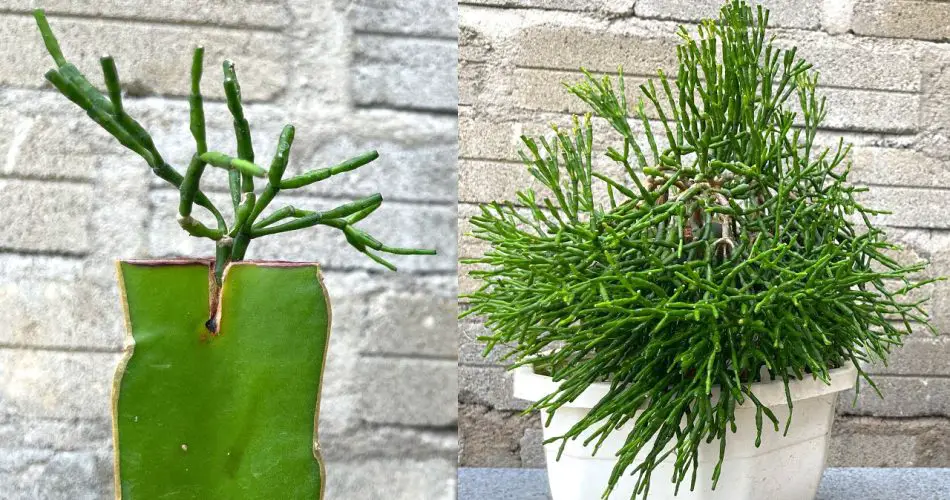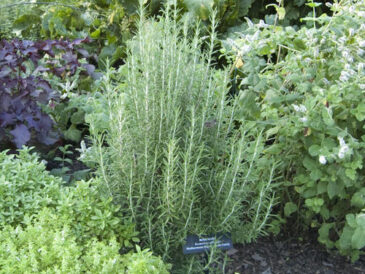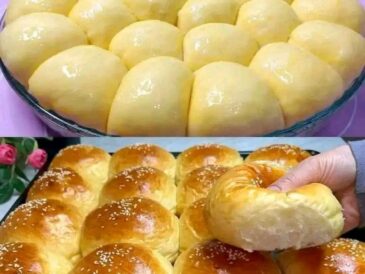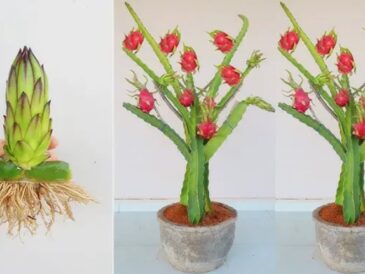Benefits of Grafting Succulents for Bonsai
- Enhanced Aesthetics: Grafting allows you to combine the best features of different succulents, creating visually striking bonsai with interesting shapes, textures, and color combinations.
- Overcoming Limitations: Some succulent varieties have weak root systems or undesirable growth patterns. Grafting them onto a strong rootstock allows them to thrive and be shaped into bonsai forms.
- Creative Freedom: Grafting opens doors to experimentation. You can create multi-headed bonsai with contrasting foliage or even cascade-style bonsai with trailing succulent varieties grafted onto weeping rootstocks.
Considerations Before You Graft
While the concept is simple, successful succulent grafting requires careful planning and execution. Here are some key factors to consider:
- Compatibility: Choose rootstock and scion varieties that are botanically related to ensure a higher success rate for grafting.
- Timing: Grafting is best done during the active growing season for both plants.
- Sterilization: Use sterilized tools and maintain a clean work environment to minimize the risk of infection.
- Aftercare: Provide proper light, watering, and humidity to the grafted plant until the union heals completely.
Resources and Inspiration
Delving into the world of succulent grafting for bonsai requires dedication and a thirst for knowledge. Here are some valuable resources to get you started:
- Online tutorials and forums dedicated to succulent grafting and bonsai cultivation.
- Books and articles by experienced bonsai artists who specialize in succulents.
- Local bonsai clubs and workshops where you can learn from experts and gain hands-on experience.
With careful planning, practice, and a dash of creativity, grafting opens exciting possibilities in the realm of succulent bonsai. So, why not embark on this rewarding journey and create miniature succulent landscapes that are both unique and captivating?
Pages: 1 2




